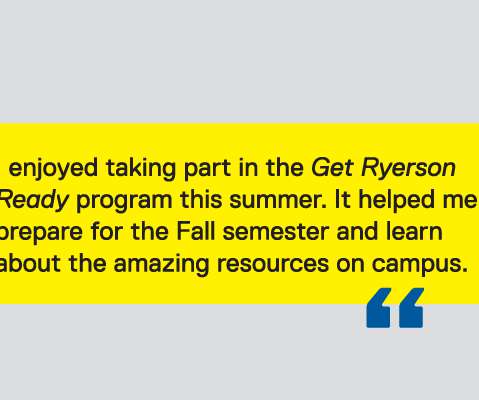A Missing Piece [Peace]: Teaching & Learning in the Digital Age
Diverse: Issues in Higher Education
MARCH 6, 2024
Thus, it would seem more than appropriate, at minimum, to assess and examine our current practices, including who performs one of our most essential functions [instruction]. In many instances, these individuals might not have had any training in the science and/or practice of teaching and learning.














Let's personalize your content